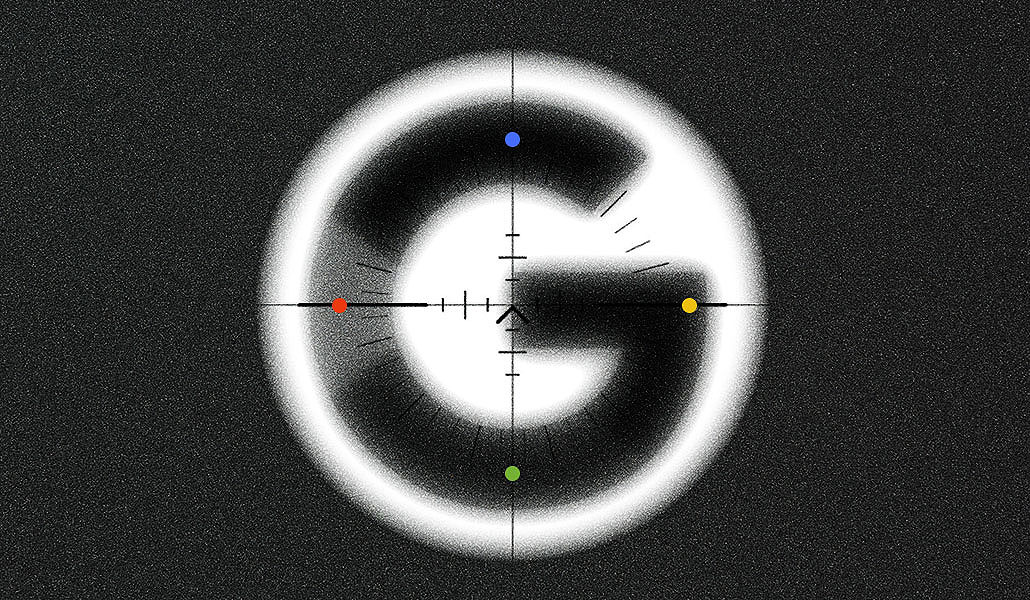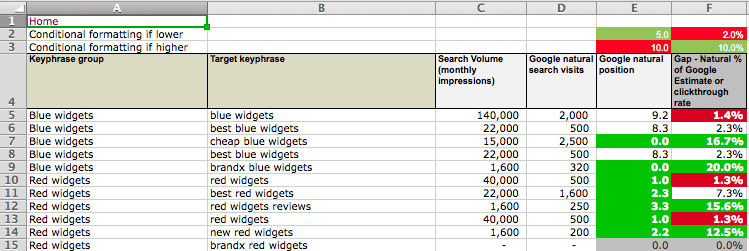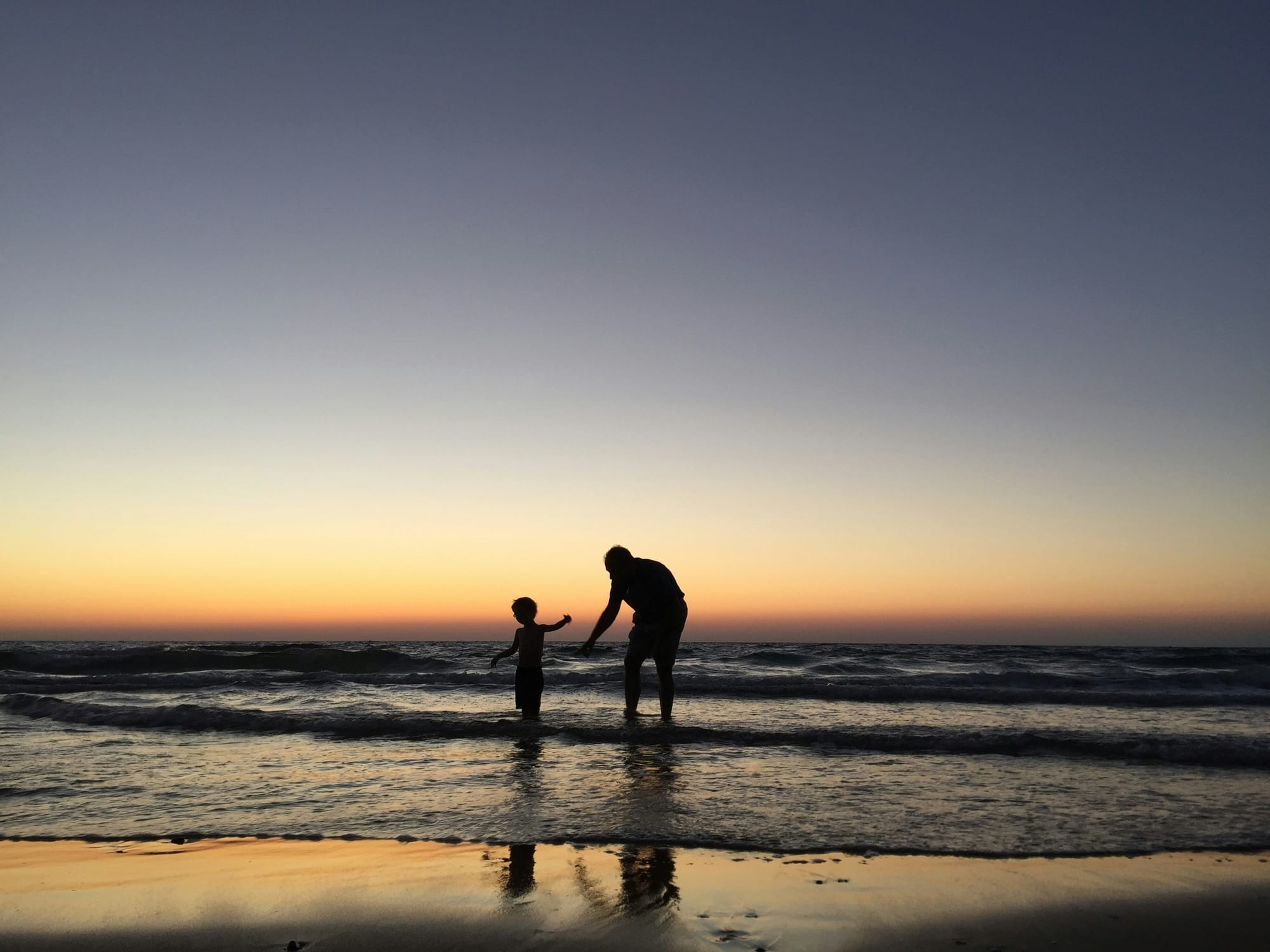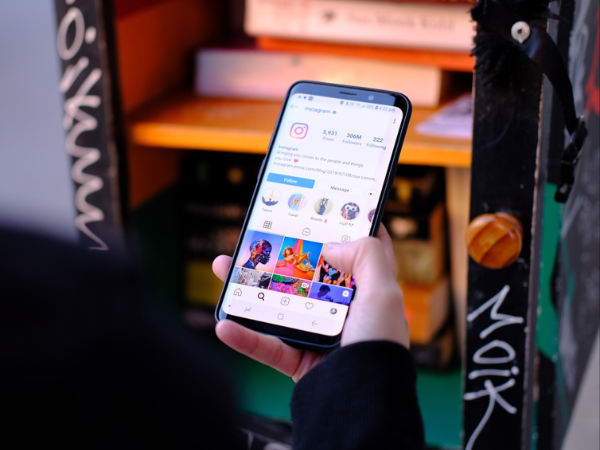SEASON OF THE ROSES
When their club decides to have the girls’ team forfeit—even though they qualified for nationals—in favor of funding the boys’ team, white-presenting Barbara, who’s in her final year of secondary school, rallies her fractured teammates to fight back. Their efforts culminate in a high-stakes challenge match against the boys to determine who will get the funding for the championships. The relationships among the characters feel authentically complex, from Barbara’s strained dynamic with her seemingly unsupportive mother to her complicated romance with her boyfriend (brown-skinned soccer player Bilal, who may be selling drugs), and internal conflicts threatening the team’s unity. Through Jawad, a sympathetic restaurant owner who becomes a supportive ally of the Rosigny Roses, Wary demonstrates how sports can forge community bonds that transcend the playing field. The art, executed in felt-tip pen, pulses with energy and emotion, most notably in the recurring motif of turbulent skies rendered in varying bold hues of pinks, oranges, purples, and blues that mirror the story’s tensions. The vivid palette and dynamic illustrations capture both quiet moments of teenage uncertainty and explosive scenes of athletic action, while the diverse team members reflect the multicultural reality of suburban Paris. The translation maintains the story’s distinctly French sensibility without losing its universal appeal.


When their club decides to have the girls’ team forfeit—even though they qualified for nationals—in favor of funding the boys’ team, white-presenting Barbara, who’s in her final year of secondary school, rallies her fractured teammates to fight back. Their efforts culminate in a high-stakes challenge match against the boys to determine who will get the funding for the championships. The relationships among the characters feel authentically complex, from Barbara’s strained dynamic with her seemingly unsupportive mother to her complicated romance with her boyfriend (brown-skinned soccer player Bilal, who may be selling drugs), and internal conflicts threatening the team’s unity. Through Jawad, a sympathetic restaurant owner who becomes a supportive ally of the Rosigny Roses, Wary demonstrates how sports can forge community bonds that transcend the playing field. The art, executed in felt-tip pen, pulses with energy and emotion, most notably in the recurring motif of turbulent skies rendered in varying bold hues of pinks, oranges, purples, and blues that mirror the story’s tensions. The vivid palette and dynamic illustrations capture both quiet moments of teenage uncertainty and explosive scenes of athletic action, while the diverse team members reflect the multicultural reality of suburban Paris. The translation maintains the story’s distinctly French sensibility without losing its universal appeal.
















































![How Marketers Are Using AI for Writing [Survey]](https://www.growandconvert.com/wp-content/uploads/2025/03/ai-for-writing-1024x682.jpg)
















































![31 Top Social Media Platforms in 2025 [+ Marketing Tips]](https://static.semrush.com/blog/uploads/media/0b/40/0b40fe7015c46ea017490203e239364a/most-popular-social-media-platforms.svg)





















![Gated Content: What Marketers Need to Know [+ Examples]](https://www.hubspot.com/hubfs/UNGated%20Content.png)



















